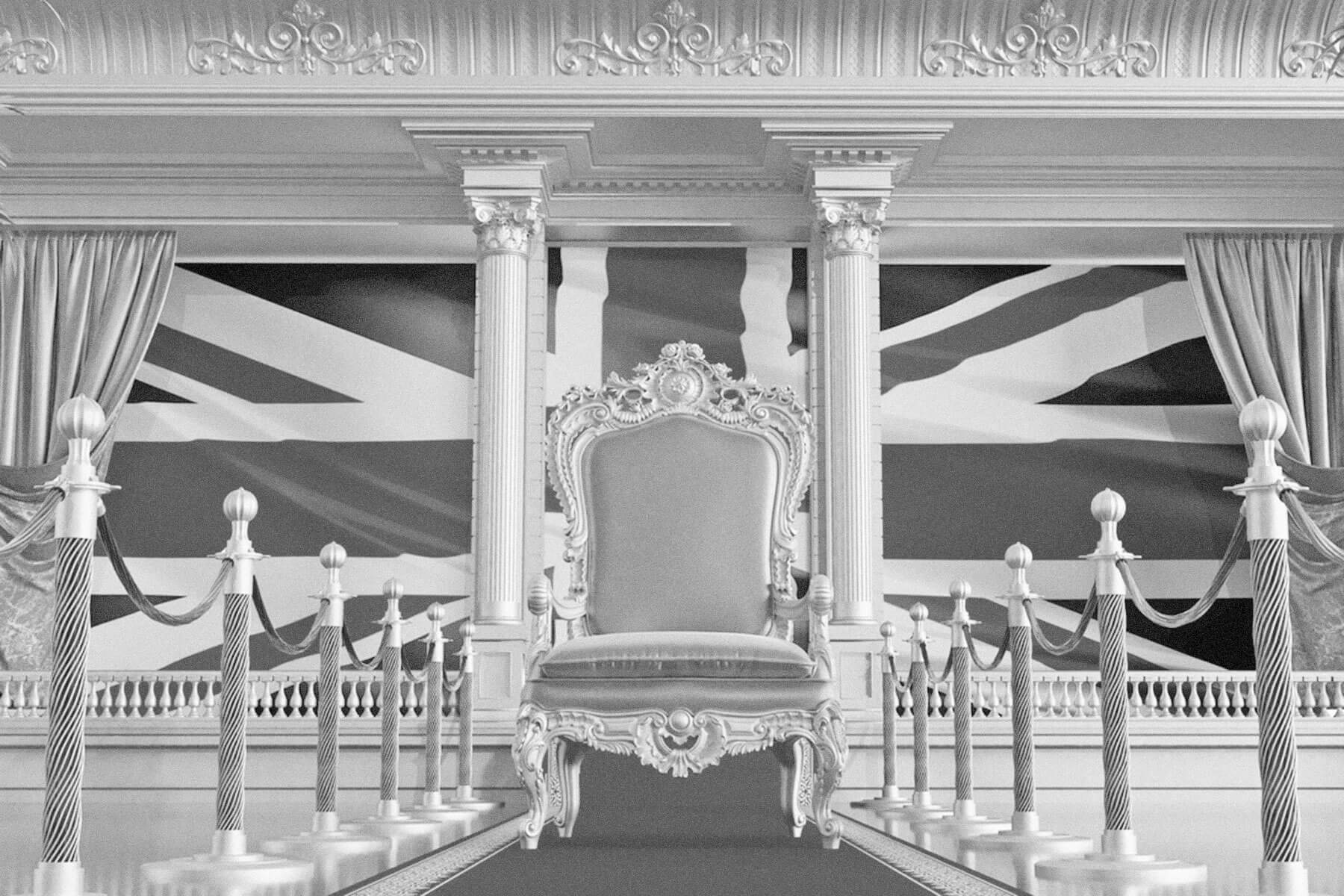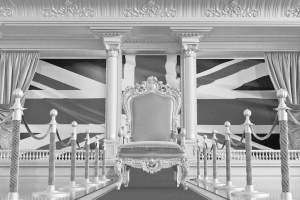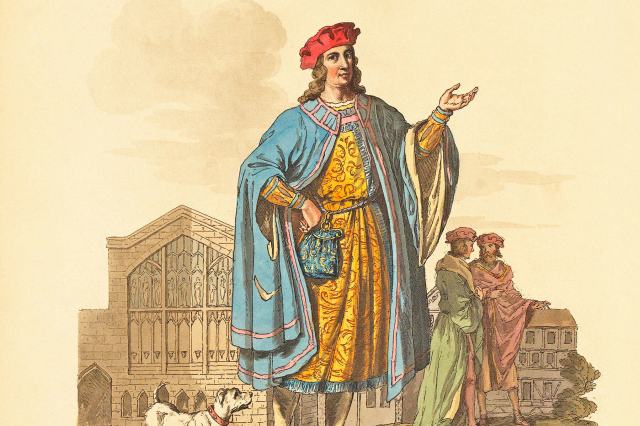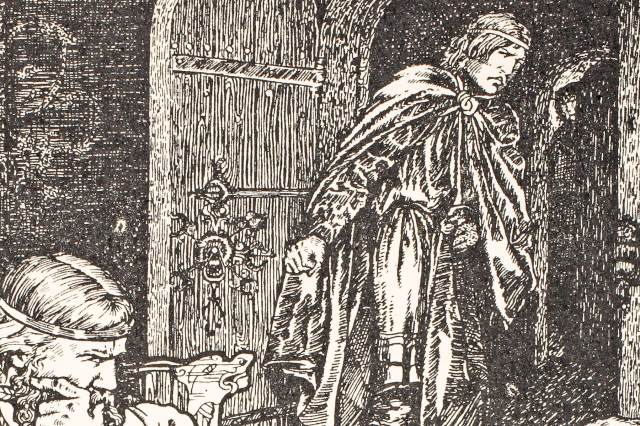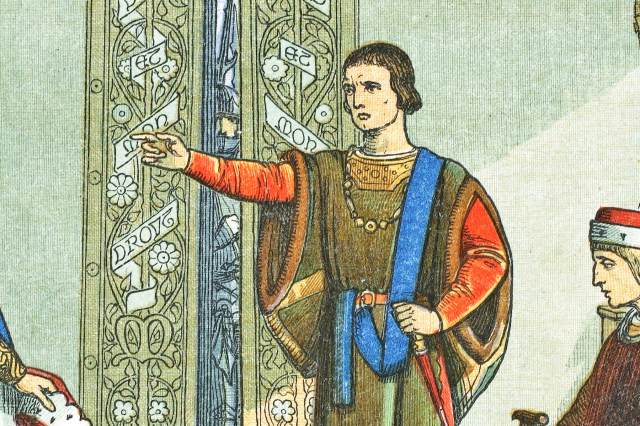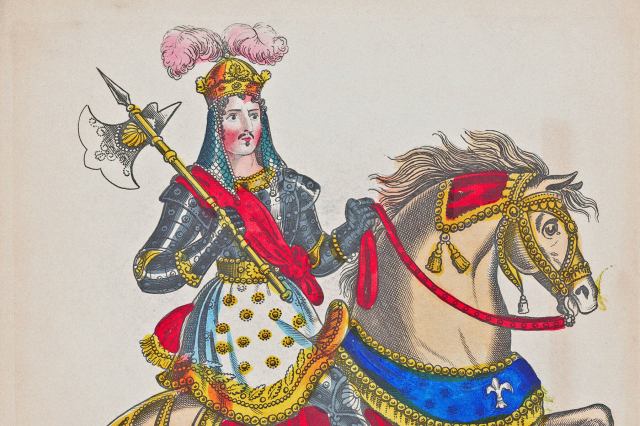The Titles of British Nobility, Explained
The British nobility is divided into tiers or ranks, known as the peerage. The roots of this hierarchical system date back around a thousand years; it began to gain a defined structure (as with many things in British history) after William I conquered England in 1066.
The peerage has five ranks: baron, viscount, earl, marquess, and duke, in ascending order. And within each tier, superiority is given to the holder of the oldest peerage. So, for example, the Duke of Devonshire is more senior than the Duke of Marlborough because the former title was created in 1694, eight years before the latter. While many titles are hereditary, it’s important to note that fewer than 90 peerages can be inherited by a female heir (in most cases the title would become extinct if there was no male heir). It’s a subject understandably under scrutiny by activists and some members of Parliament. Peerages are awarded through legal documents known as letters patent, which officially bestow a title in the name of the monarch.
Here is an introduction to the five tiers of peerage, from the lowest rank of baron to the highest title of duke.
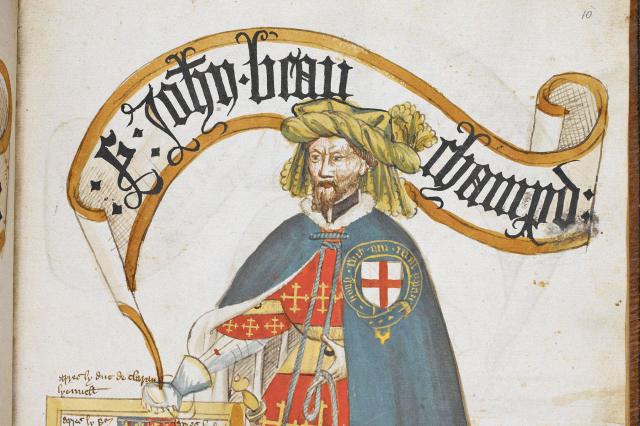
Baron
The word “baron” — which possibly came from an Old German word meaning “man” — first appeared in English texts in the 13th century. It became part of the peerage system in 1387, when Richard II created the first formal baron by making John Beauchamp de Holt the Baron of Kidderminster. Further barons were appointed, all of whom were expected, when summoned, to attend council or Parliament. In Scotland, barons are known as Lords of Parliament. If a woman holds the rank, or is the wife of a baron, she is called a baroness. Currently, there are 426 hereditary barons and Lords of Parliament and nine hereditary baronesses and Ladies of Parliament in the United Kingdom — making it the most populated of all five peerage ranks.





